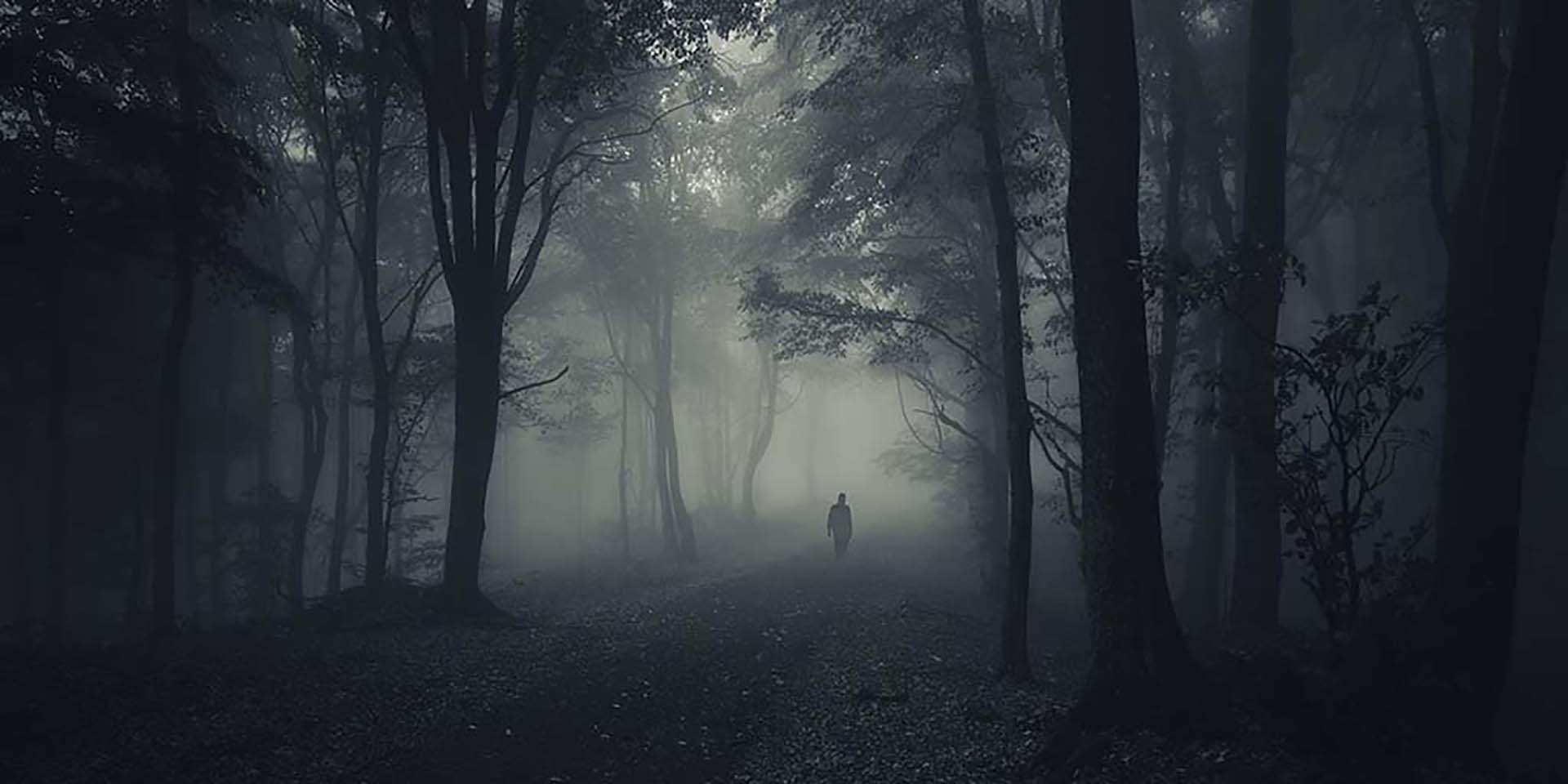
Glossary of Terms
Horror and dark fantasy can mean different things to different people. When perusing our game listings, use these definitions to know what kind of shadows you’ll be getting into.
Game Terms
One shot. A game which will be completed in a single session, usually 3-4 hours total of gameplay.
Campaign. A game which will be completed over the course of several sessions over time, typically monthly with DGS.
Player-driven. A campaign where the action will be driven by the players choices and the desires and aspirations of their characters. GM is responsible for creating a living world and having it react to the movements of the players. Also called “Sandbox gaming”.
Mission-based. A campaign where the action will be driven by the GM providing and creating “Missions” or “Quests” for the party to complete. Also called “Monster of the Week” or “Dungeon-Crawling”
Tier-1 Campaigns which focus on local settings, anywhere from a city neighborhood to a small town. Stakes may be emotionally high, but not necessarily “world-ending”. Sometimes called “Street Level”
Examples: Daredevil, Luke Cage, Jessica Jones, Spider-man: Homecoming
Tier-2. Campaigns focused on larger settings, such a single big city or a larger region (such as the state of California or New England). Tends to offer a mix of political intrigue and faction play.
Examples: The Defenders, Ant-Man, Ant-Man and the Wasp, Hawkeye
Tier-3. Campaigns focused on global settings, spanning the entire world. Often focused on higher stakes and bigger set pieces. Also known as “Global level”.
Examples: Avengers, Falcon and Winter Soldier, Captain America: Civil War
Tier-4. Campaigns set on a cosmic scale, spanning multiple planes of reality. While other plane of reality (such as the Underworld, the Hedge, etc) might appear in the previous tiers, a Tier 4 game makes those other planes and their fate a focus.
Examples: Dr. Strange, Thor: Ragnarok, Guardians of the Galaxy vol. 2, Avengers Infinity War and Endgame, Loki
Game Systems
Powered by the Apocalypse. A system used by many games (Apocalypse World, Monsterhearts, Masks, Monster of the Week, Avatar Legends, etc.) in which players roll two six-sided dice to determine the outcome of their actions. Players select customizable characters from a variety of pre-generated “books.”
Forged in the Dark. A system popularized by Blades in the Dark, but used for other settings as well. A focus on fast action and emergent play, with rules to start heist-like operations and set up plots with flashbacks, as well as downtime systems to simulate complex faction play.
Chronicles of Darkness. A series of modern-horror games allowing you to take the role of a variety of monsters (or humans dealing with the supernatural). Tend to (but not always) focus on more local, street level settings with a system that encourages story-first gameplay and living horror tropes.
Initially created as a remake of the World of Darkness, but eventually grew and matured into its own separate entity.
World of Darkness. A series of modern-horror games allowing you to take the role of a variety of monsters (or humans dealing with the supernatural). Tend to (but not always) focus on larger power plays, history-spanning conspiracies, and the end of the world in a system that models the monster under the skin.
D20. A system popularized by Dungeons and Dragons but used in a variety of games now. Notable for using the full d20 set of dice (d20/d12/2d10/d8/d6/d4). Tend to be more combat focused than other systems.
Genre Terms
Urban Fantasy. Fantasy which takes place in a city environment, typically set in the modern day. Usually features a secret other world which hides from the greater mundane world.
Examples: Harry Potter, Buffy the Vampire Slayer, Supernatural, Charmed, The Dresden Files.
Cosmic Horror. This horror subgenre focuses on vast, incomprehensible horrors, often involving humanity being insignificant compared to old gods or malevolent forces in the greater universe.
Examples: the works of H.P. Lovecraft, The Magnus Archives, Annihilation, The Void, Old Gods of Appalachia.
Body Horror. This horror subgenre focuses on loss of control of the body, including changes to the body. Often associated with a kind of gross-out horror.
Examples: Hellraiser, Videodrome, The Fly
Spooky. A horror subgenre that focuses more on the aesthetics of horror; such as vampires, witches, or monsters; without the associated feeling of fear or dread.
Examples: The Addams Family, Hocus Pocus
(Psychological) Thriller. A subgenre of horror that deals with tension and the suspense just as much as the payoff/release of tension.
Examples: Rear Window, Vertigo, Shutter Island, 10 Cloverfield Lane
